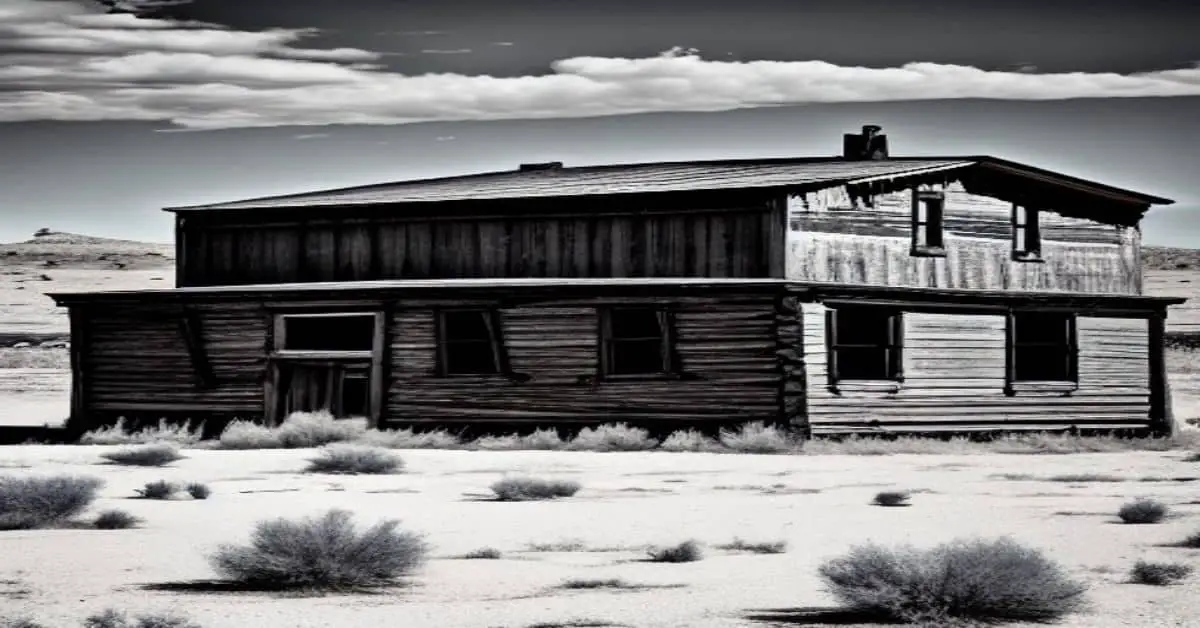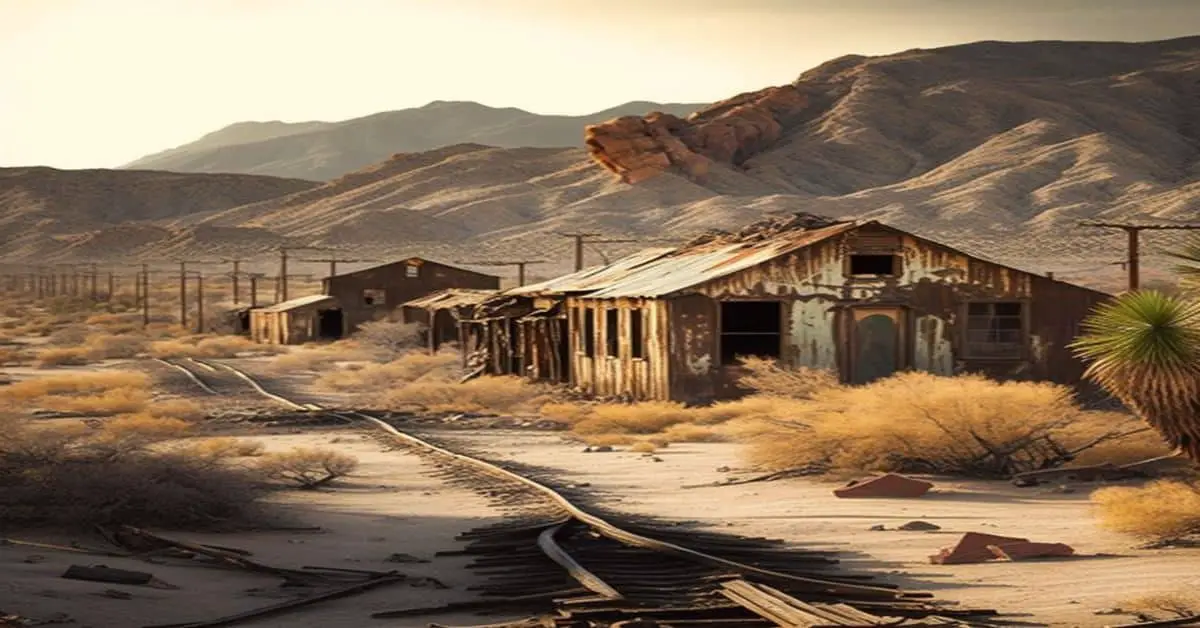Fort Bowie, a once-thriving settlement located in southeastern Arizona, played a significant role in the state’s history. Established in 1862, the fort served as a base of operations against the Apache Indians and Geronimo during the 1800s.
Today, Fort Bowie’s ruins remain a National Historic Site, where visitors can explore the remnants of this fascinating piece of Arizona’s past.
The history of Fort Bowie is a testament to the challenges and conflicts that characterized Arizona’s early settlement. Serving as a strategic military outpost, the fort played a crucial role in the territorial expansion of the United States. However, its establishment also led to the displacement and mistreatment of Native American tribes, who fought fiercely to protect their land and way of life.
Despite its tumultuous history, Fort Bowie remains a fascinating destination for those interested in the complexities of Arizona’s past, offering a glimpse into the lives and struggles of those who lived and fought in this remote corner of the American West.
Key Takeaways
- Fort Bowie played a crucial role in Arizona’s history as a base of operations against Apache Indians and Geronimo during the 1800s.
- Fort Bowie’s ruins remain a National Historic Site for visitors to explore, providing insight into the daily life of soldiers stationed at the fort and their challenges.
- The fort’s strategic location near Apache Pass made it a vital water source for travelers and an important trade route between the US and Mexico, and a perfect base of operations for offenses against Geronimo.
- Fort Bowie’s legacy serves as a reminder of the conflicts between the Apache Indians and the US government, and the fort’s role in these conflicts, making it an important piece of Arizona’s history.
Establishment and Use
Fort Bowie was established in 1862 for the purpose of fighting against the Apache Indians and Geronimo.
The fort played a crucial role in the military strategy against Geronimo, with the 1885-86 campaign being its most famous battle.
During this time, Gen. George Crook and Nelson Miles served as commanding generals at the fort.
The fort was strategically located near Apache Pass, which was a vital water source for travelers and an important trade route between the United States and Mexico.
The fort’s location made it a perfect base of operations for the offenses against Geronimo.
After numerous battles, Geronimo and his followers were eventually brought to the fort, where they surrendered.
The fort’s military significance and role in history cannot be underestimated, and it continues to be a reminder of the battles and events that took place during the Apache Wars.
Sale and Dismantling
The land where the fort was located was sold in 1911, and many buildings were dismantled thereafter. The dismantling of Fort Bowie significantly impacted the local economy as it was a major source of employment for the residents. The land sale also marked the end of an era and the loss of an important piece of history.
Despite this, efforts have been made to preserve what remains of the fort and its surrounding area as a National Historic site. The preservation of Fort Bowie is crucial in keeping the history of Arizona alive. The site serves as a reminder of the conflicts between the Apache Indians and the US government, and Fort Bowie’s role in these conflicts.
The site also provides insight into the daily life of soldiers stationed at the fort and the challenges they faced. While the dismantling of the fort may have impacted the local economy, preserving its history ensures that its impact on Arizona’s development is not forgotten.
Significance in Arizona History
A lasting legacy of the conflicts between the US government and the Apache Indians is embodied in the remnants of a once thriving military outpost, a testament to the turbulent history of the American West.
Fort Bowie played a significant role in the history of Arizona, serving as a base of operations for the offenses against Geronimo in the 1885-86 campaign, and later becoming the site of his final surrender. The commanding generals at Fort Bowie during this time were Gen. George Crook and Nelson Miles, notable figures in the history of the American West.
Today, Fort Bowie is a National Historic Site and a popular destination for those interested in exploring the history of the American West. Visitors can explore the fort’s remains and gain insight into the lives of soldiers and Apache Indians during this period of conflict and change.
The site also offers opportunities for hiking and exploring the surrounding area, providing visitors with a unique perspective on Arizona’s history and natural beauty.
As a lasting reminder of the complex and often turbulent history of the American West, Fort Bowie continues to be a site of exploration and contemplation for visitors from around the world.
Frequently Asked Questions
What was life like for soldiers stationed at Fort Bowie?
Soldiers stationed at Fort Bowie faced harsh conditions, including extreme temperatures and enemy attacks. Their daily routines included guard duty, drilling, and maintenance tasks. Soldier experiences varied, with some expressing boredom and others dealing with physical and mental stress.
How did the Apache Indians react to the establishment of Fort Bowie?
The Apache resistance to the establishment of Fort Bowie was fierce, with the military employing a strategy of building a network of forts to control the region. This resulted in a prolonged conflict between the Apache and the US military, lasting until Geronimo’s surrender in 1886.
What was the process of dismantling and selling the land after the fort was abandoned?
After the Second Cavalry troopers left in 1894, the land at Fort Bowie was sold for $1.25 to $2.50 an acre, and many buildings were dismantled. This process marked the end of the fort’s historical significance.
How has the site of Fort Bowie been preserved and maintained over the years?
Conservation efforts and preservation techniques have been employed to maintain the site of Fort Bowie. The National Park Service has conducted archaeological excavations, stabilized structures, and developed interpretive exhibits to educate visitors about the fort’s history.
Are there any notable events or stories associated with Fort Bowie that are not mentioned in the article?
Despite being a significant part of Arizona’s history, unexplored stories and local legends surrounding Fort Bowie have yet to be fully uncovered. The article does not mention any notable events or stories beyond what is stated.


